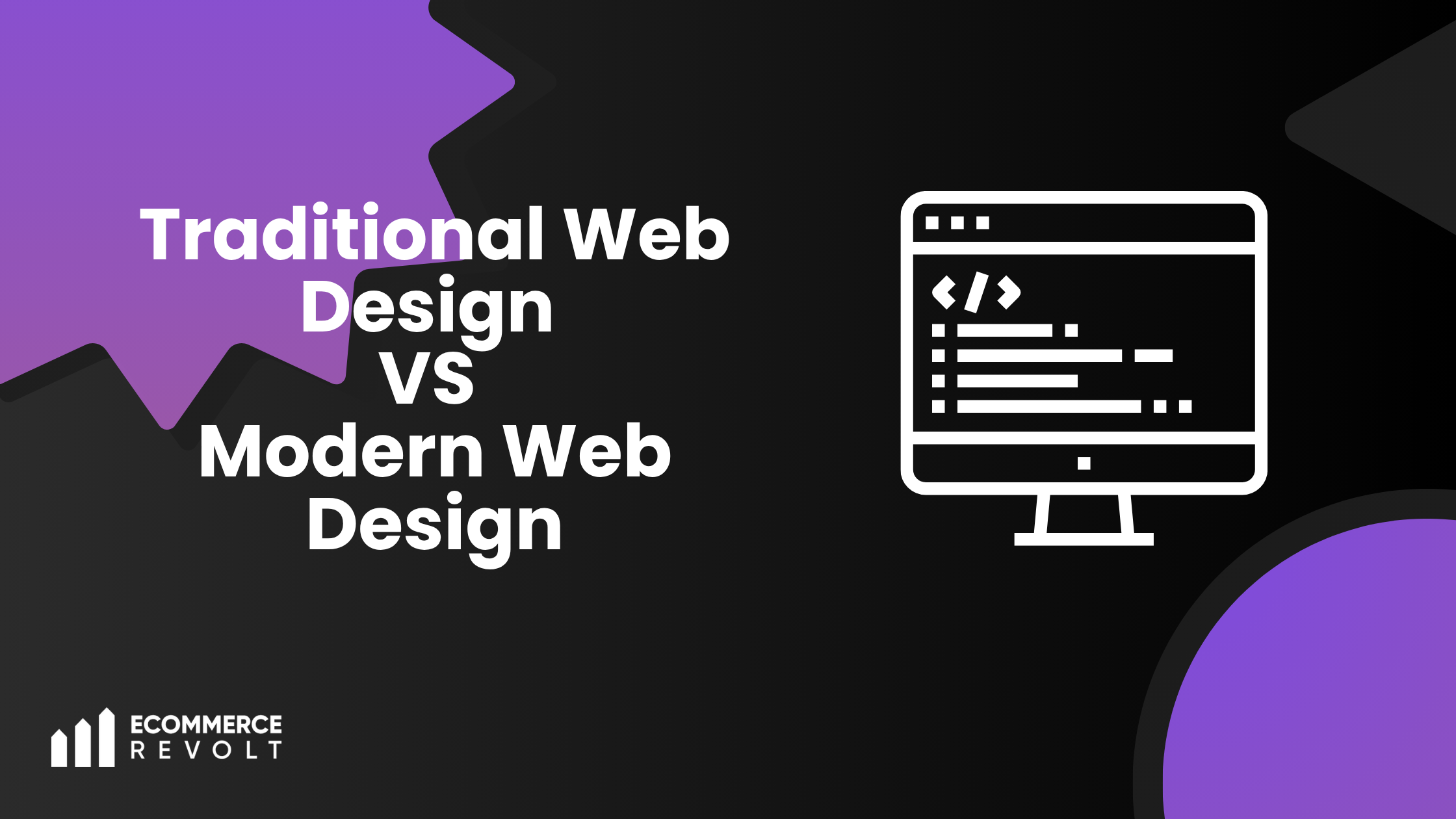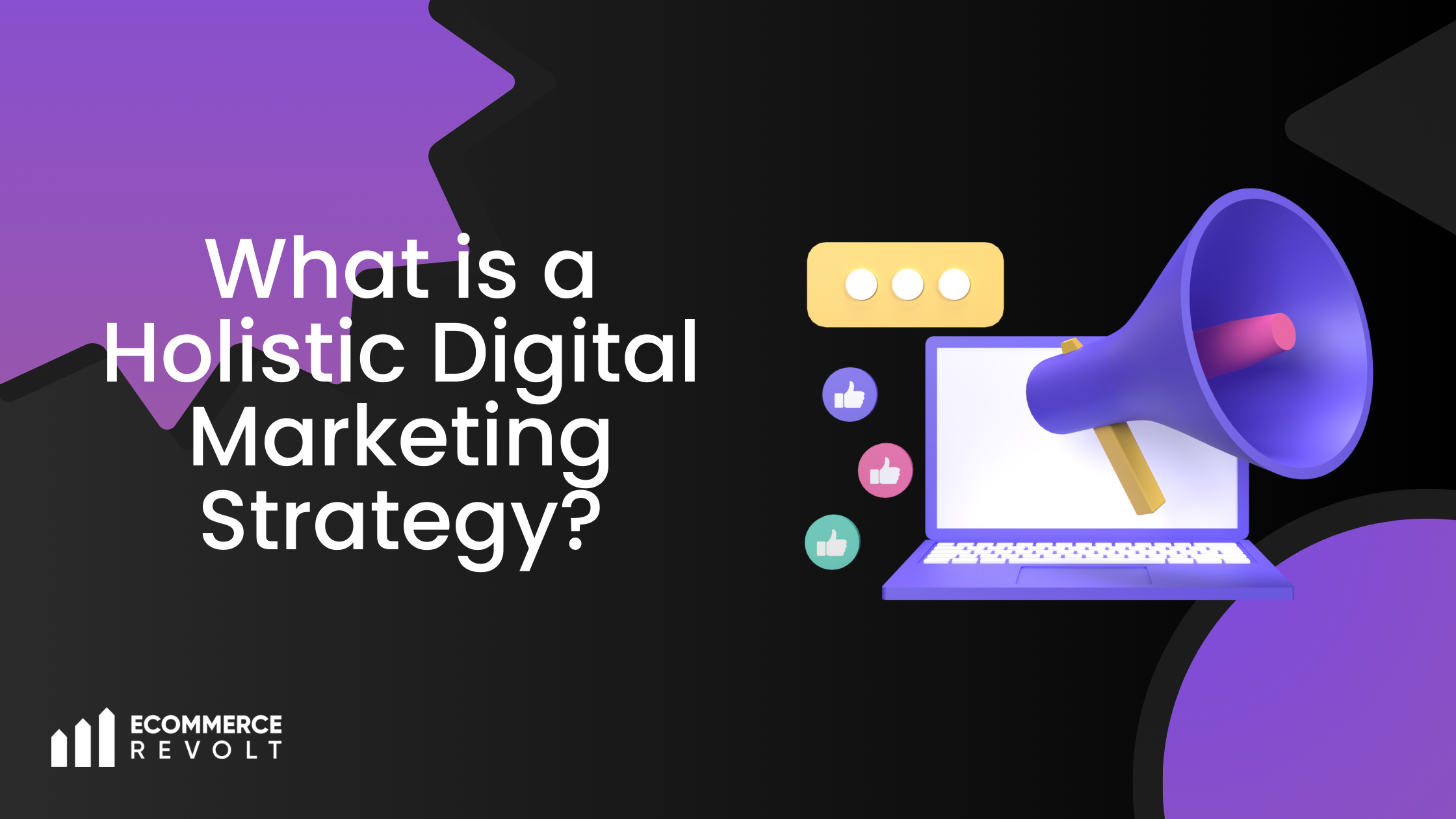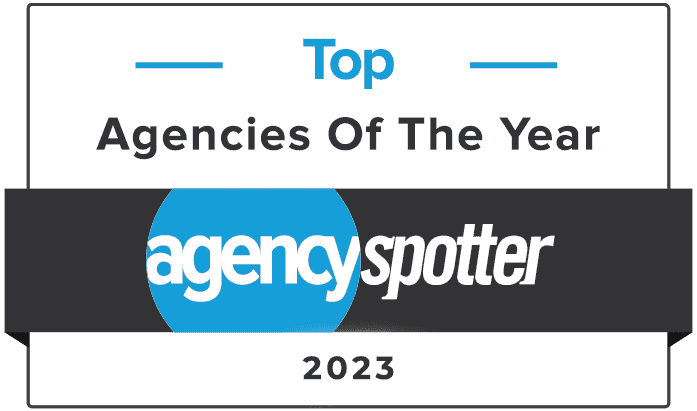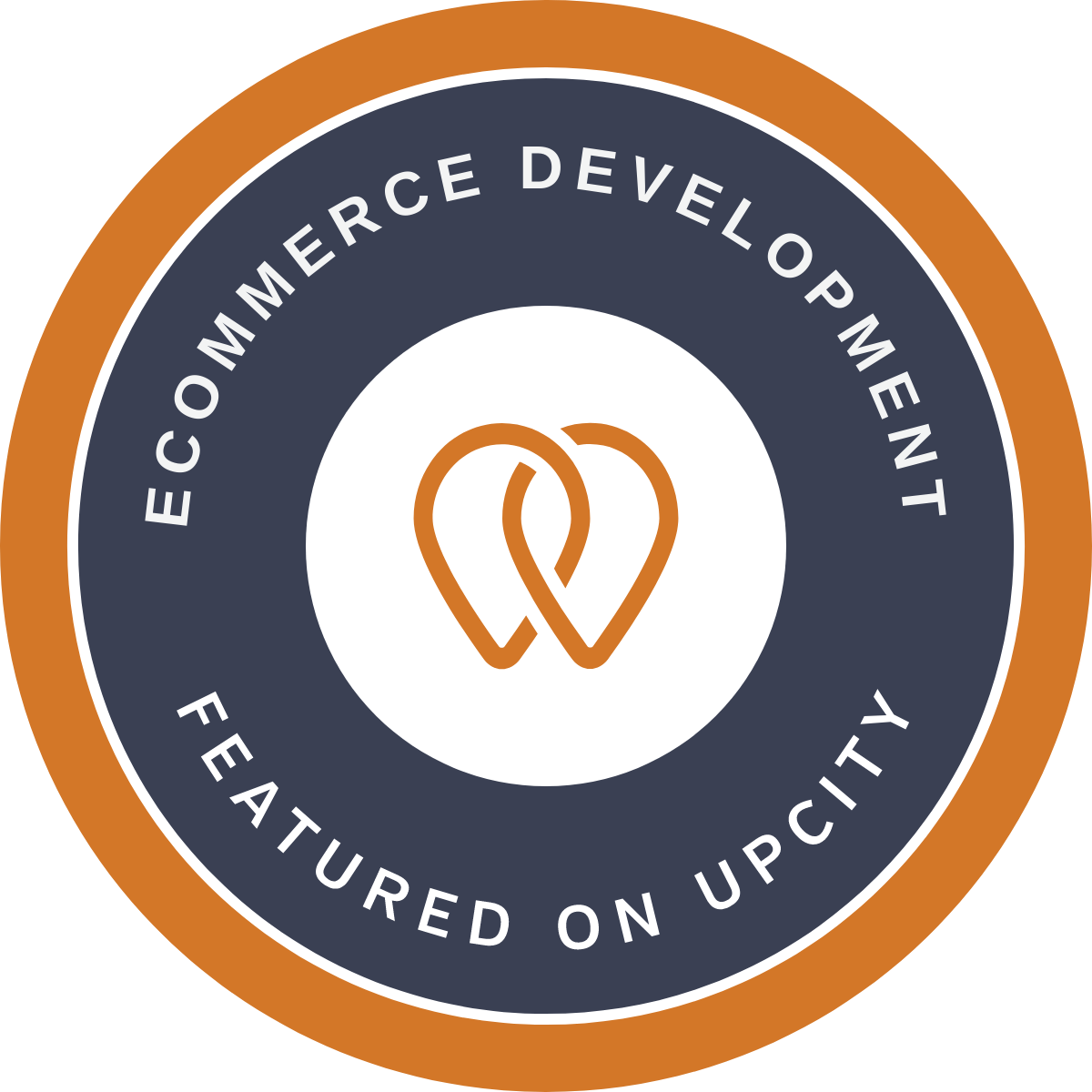In today’s competitive digital landscape, businesses must go beyond simply attracting attention—they must also convert that interest into measurable growth. That’s where the distinction between demand generation and lead generation becomes vital. Although the terms are often used interchangeably, they serve different purposes within your marketing strategy.
This guide will explain the difference between demand generation and lead generation, show how they can work together, and help you decide which is best suited for your business goals.
What Is Demand Generation?
Demand generation marketing is all about creating awareness and interest in your brand, product, or service. Rather than directly capturing data, demand generation focuses on delivering value and building trust with your target audience—before they even realise they need you.
At its core, demand generation aims to:
- Establish thought leadership
- Educate and inform the audience
- Drive organic brand awareness
- Position your brand as a go-to solution
Tactics commonly used in demand generation include:
- High-quality blog content
- Educational videos and tutorials
- Engaging social media campaigns
- Informative webinars and infographics
- SEO and brand-focused PR
Unlike lead generation, demand generation avoids gating content. It’s about being helpful and visible. When your audience feels informed and empowered by your content, they begin to trust your brand—and that trust is the first step towards long-term business growth.
What Is Lead Generation?
Lead generation, on the other hand, is the process of capturing personal details—such as names, emails, phone numbers—from people who show interest in your offering. The purpose is to identify and nurture potential buyers through your sales funnel.
Lead generation typically involves:
- Gated content (eBooks, whitepapers, toolkits)
- Landing pages with contact forms
- Email marketing campaigns
- Free trials or demos
- Targeted ads and retargeting
Once a visitor provides their details, they become a lead. From there, marketing and sales teams work together to nurture these leads, understand their needs, and move them towards a purchasing decision.
Demand Generation vs Lead Gen: Understanding the Core Differences
Though these two strategies work hand-in-hand, their objectives, tactics, and outcomes differ significantly. Here’s a breakdown:
| Category | Demand Generation | Lead Generation |
|---|---|---|
| Goal | Drive awareness and interest | Capture and convert qualified leads |
| Content Type | Free, ungated (e.g. blog posts, videos) | Gated (e.g. eBooks, forms) |
| Funnel Stage | Top-of-funnel (awareness) | Middle and bottom of funnel (conversion) |
| Success Metrics | Traffic, engagement, brand lift | Leads captured, conversion rates |
| User Intent | Educating an unaware audience | Engaging an already interested audience |
In short, demand generation is about visibility, while lead generation is about conversion.
When Should You Use Demand Generation?
Demand generation is most useful in the early stages of the customer journey, especially when:
- You’re launching a new product or business
- Your audience isn’t yet aware of their problem or your solution
- You want to position your brand as a trusted industry voice
- You’re looking to improve brand recall and search visibility
It’s a long-term play—but when done correctly, demand generation fills the top of your marketing funnel with educated, engaged users who are more likely to convert later.
When Should You Use Lead Generation?
Lead generation works best when:
- Your brand already has visibility and web traffic
- You want to build a qualified email list
- Your sales team needs warm leads to follow up
- You’re running time-sensitive promotions or offers
It’s a more targeted approach, aiming to identify the most interested prospects and move them closer to purchase through personal engagement.
Demand Generation and Lead Generation: Better Together
The most successful businesses know they don’t have to choose between demand vs lead generation—they can (and should) use both.
Here’s how a combined approach works:
- Start with Ungated Content
Publish blogs, social posts, and videos addressing your audience’s problems and questions. Use SEO to attract traffic organically and drive engagement. - Retarget with Personalised Ads
Use retargeting ads on platforms like Google and LinkedIn to re-engage users who visited your website but didn’t convert. - Offer Gated Content at the Right Time
Once users are familiar with your brand, offer in-depth resources like webinars or downloadable guides in exchange for contact information. - Nurture Your Leads
Build email workflows that share case studies, success stories, or discount offers to encourage conversion.
This approach blends long-term brand building with short-term results—ensuring your pipeline stays full at every stage.
Common Mistakes to Avoid
While blending these strategies is powerful, marketers often make the mistake of:
- Gating content too early in the journey
- Ignoring SEO and relying only on paid ads
- Failing to nurture leads after capturing them
- Not aligning marketing and sales teams
- Measuring success using the wrong KPIs (e.g. focusing on lead volume over lead quality)
Avoiding these pitfalls ensures both your demand generation and lead generation efforts work efficiently and in harmony.
Conclusion: Which Strategy Should You Use?
Ultimately, the choice between lead generation vs demand generation depends on your business goals, audience, and brand maturity.
If you’re just starting out or need to build awareness, focus on demand generation to get noticed and trusted.
If your brand is already known and you’re ready to grow your sales pipeline, lead generation will bring measurable returns.
But if you’re serious about scaling sustainably, you need both. A demand generation strategy keeps your brand visible and relevant, while lead generation captures intent and drives revenue.
At Ecommerce Revolt, we specialise in building holistic marketing strategies that combine the power of demand generation and lead generation. Whether you’re aiming to build awareness, fill your funnel, or convert more leads, our team can help tailor a growth-focused plan for your business.
👉 Get in touch today to transform your digital marketing strategy into a revenue-generating engine.
Let us help you attract, engage, and convert with confidence.









